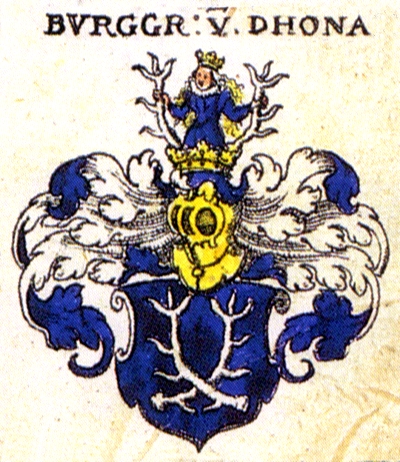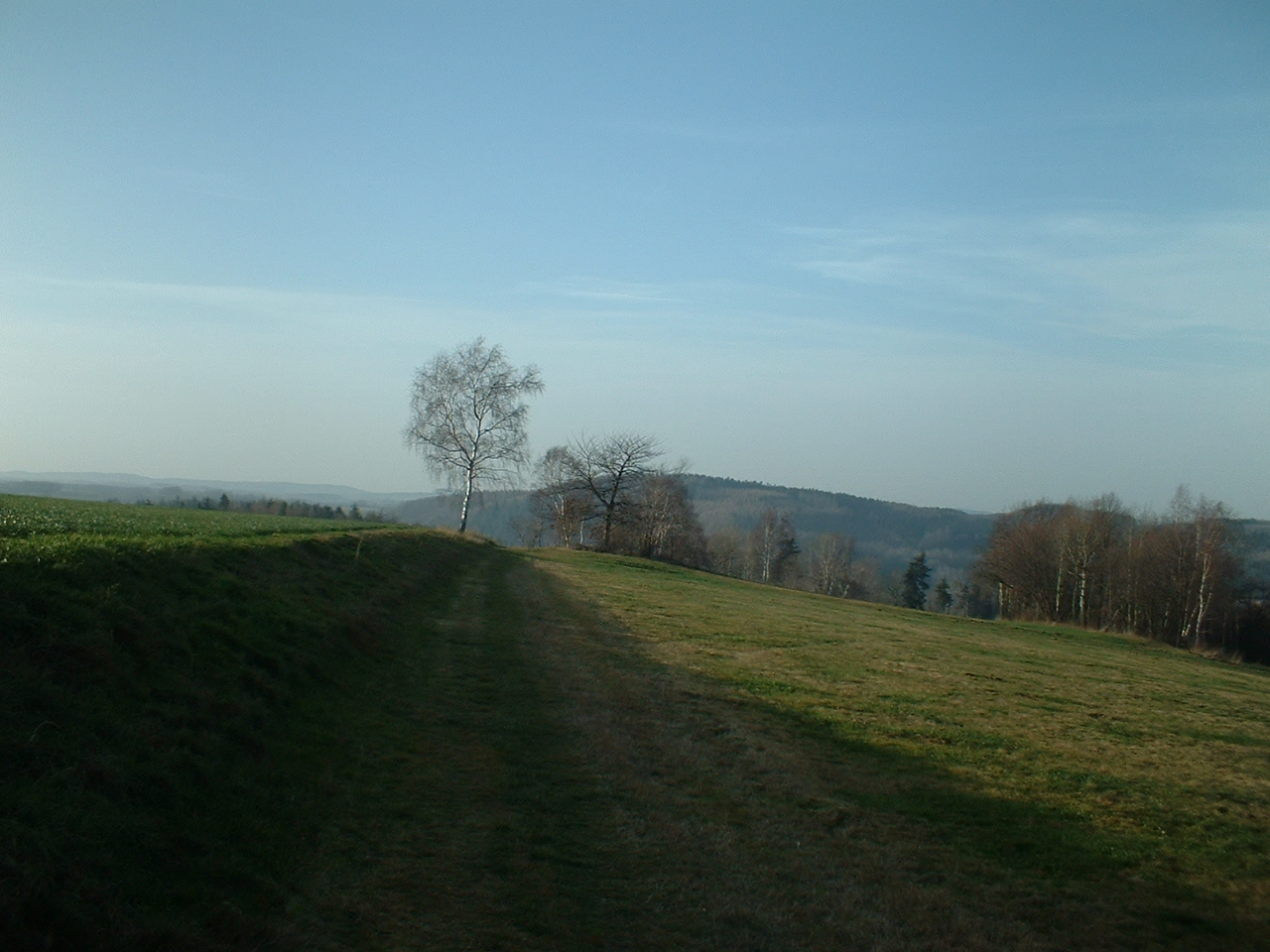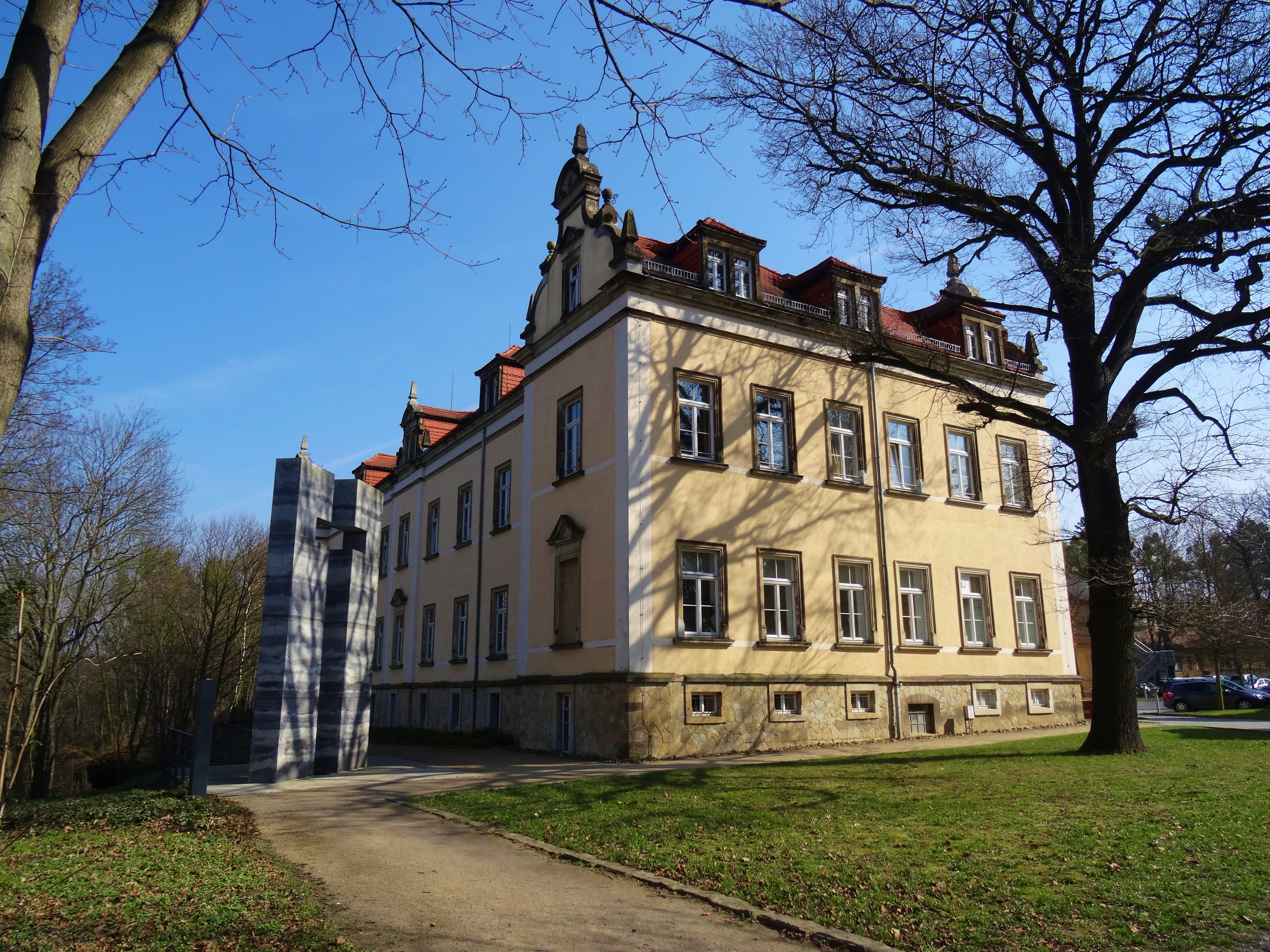|
Dohna
Dohna is a town in the Sächsische Schweiz-Osterzgebirge district, Saxony, Germany. It is located south of Heidenau, in the Müglitz (river), Müglitz valley and lies at the northeastern foot of the Eastern Ore Mountains. It is accessed by the Pirna interchange of highway Bundesautobahn 17, A17, and by the ''Dohna (Sachs)'' and ''Köttewitz'' stations of the Müglitz Valley Railway. History Dohna is one of the oldest towns in Saxony. Traces of settlement dating back to the 16th century BC (Bronze Age) have been found. The Dohna Castle on a strategic hill at the entrance to the Müglitz (river), Müglitz valley was probably already built in the middle of the 10th century. The town Dohna was first documented as ''Donin'' in 1040. The name comes from ''Property of Doň'' from the Bohemian first name Zdoň. The town and its castle controlled two roads from Saxony to Bohemia: one through the Müglitz valley, and one over the heights Kulmer Steig, to Kulm. The burgraves of Dohna con ... [...More Info...] [...Related Items...] OR: [Wikipedia] [Google] [Baidu] |
Dohna Castle
Dohna Castle (, ) on the once important medieval trade route from Saxony to Bohemia was the ancestral castle seat of the . Of the old, once imposing double castle only a few remnants of the walls remain. The ruins of the old castle are located on the hill of ''Schlossberg'' near the subsequent suburb of the town of the same name, Dohna, in the district of Sächsische Schweiz-Osterzgebirge in Saxony, Germany. History Dohna Castle was probably founded around A.D. 950 by Emperor Otto I (936–973) on the Schlossberg hill on the site of a Sorbian hillfort fortification. This region around the Schlossberg had been a Sorbian settlement from prehistoric times. The name of the associated settlement was Donin, from which the castle received its name. The castle was the centre of the imperially immediate lordship of the burgraves of Dohna. They had the task of guarding the important trade route between Saxony and Bohemia, hold the conquered and subjugated Sorbs in serfdom and their Ch ... [...More Info...] [...Related Items...] OR: [Wikipedia] [Google] [Baidu] |
Dohna Feud
The Dohna Feud () was a 14th-century dispute between the Burgraves of Dohna, who resided in the Eastern Ore Mountains of Central Europe, on the one hand and Saxon nobleman, John of Körbitz (''Hans von Körbitz'') and the Meißen Margrave William I on the other. The feud lasted from 1385 to 1402. Course The confrontation began in 1385 at a ball for the nobility in Dresden, when a personal dispute between John of Körbitz (''Hans von Körbitz'') and a young burgrave, Jeschke. After Jeschke had blatantly flirted with Körbitz's wife, the latter tripped him up, whereupon the gentleman from Dohna responded with a slap in the face. Nickel described this incident as follows in 1482: ''"The initial disagreement had a beginning: it was one of the Korbs, who tripped the young Jeschke in the ballroom at Dresden; whereupon Yoshko hit Korb in the mouth."''Alfred Meiche, Historisch-topographische Beschreibung der Amtshauptmannschaft Pirna, Dresden, 1927 The feud that started in this w ... [...More Info...] [...Related Items...] OR: [Wikipedia] [Google] [Baidu] |
Kulmer Steig
The Kulmer Steig () is a synonym for the transport links from the Elbe, Elbe valley over the eastern part of the Eastern Ore Mountains to Bohemian Chlumec u Chabařovic (German: ''Kulm''), hence the name which means "Kulm Trail". It is an ancient road system of partly derelict and unmetalled historic transport routes. These historic long-distance routes have been uncovered today thanks to archaeological discoveries. The routes all head south from the Elbe valley between Dresden and Pirna and cross the Eastern Ore Mountains over Ore Mountain passes, mountain passes on the Saxon side between Fürstenwalde in the west and Bad Gottleuba-Berggießhübel#Oelsen, Oelsen in the east. The lowest crossings are located near Mohelnice (Krupka), Mohelnice from where they continue via Habartice (Krupka), Habartice and the Geiersberg as well as Krasný Les and further on over the Nollendorf Pass to Chlumec. The Kulmer Steig was an especially good transport route because the road cut a passage thr ... [...More Info...] [...Related Items...] OR: [Wikipedia] [Google] [Baidu] |
Müglitz (river)
The Müglitz is a river, about long, and a left tributary of the Elbe in the German state of Saxony. Course It rises in the Eastern Ore Mountains on the border between the German state of Saxony and the Czech Republic near the demolished Bohemian village of (German: ''Böhmisch Müglitz'') from two headstreams: * The White Müglitz (, ) rises near the border by the former village of (German: ''Vorderzinnwald'') and then forms the border stream with Saxony. * The Black Müglitz (, ''Schwarzbach'', ''Sörnitz'' or ''Sernitz'', ) rises near the abandoned village of (Cz: ''Habartice'') and its middle reaches flow through the northern part of the Black Meadows (''Schwarzen Wiesen''; the color label refers to the boggy character of the land). The name ''Sörnitz'' comes from Slavic ''zornice'' 'mill stream'. During severe weather on 8 July 1927 the stream became a torrent that tore up the ground, changed its riverbed, and flowed down the valley as a mud flow. From its source in ... [...More Info...] [...Related Items...] OR: [Wikipedia] [Google] [Baidu] |
Pirna
Pirna (; , ) is a town in Saxony, Germany and capital of the administrative district Sächsische Schweiz-Osterzgebirge. The town's population is over 37,000. Pirna is located near Dresden and is an important district town as well as a ''Große Kreisstadt''. Geography Geographical location Pirna is located in the vicinity of the Elbe Sandstone Mountains, Sandstone Mountains in the upper Elbe valley, where two nearby tributaries, Wesenitz from the north and Gottleuba from the south, flow into the Elbe. It is also called the "gate to the Saxon Switzerland" (German language, Ger: ''Tor zur Sächsischen Schweiz''). The Saxony (wine region), Saxon wine region (German language, Ger: ''Sächsische Weinstraße''), which was established in 1992, stretches from Pirna via Pillnitz, Dresden, and Meissen to Diesbar-Seußlitz. Neighboring municipalities Pirna is located southeast of Dresden. Neighboring municipalities are Bad Gottleuba-Berggießhübel (town), Bahretal, Dohma, Dohna ( ... [...More Info...] [...Related Items...] OR: [Wikipedia] [Google] [Baidu] |
Battle Of Vimory
The Battle of Vimory, occurred on 26 October 1587 between the French royal (Catholic) forces of King Henry III of France commanded by the duke of Guise and German and Swiss mercenaries commanded by Fabien I, Burgrave of Dohna and the duke of Bouillon who were hired to assist Henry of Navarre's Huguenot forces during the eighth and final war (1585-1598) of the French Wars of Religion. The Protestant mercenaries were funded by Elizabeth I of England and the King of Denmark. After having pillaged the Lorraine region, they arrived in Burgundy and entered into the Beauce region. However, conflicts divided the two commanders and their German and Swiss troops. The Swiss troops were surprised by Henry of Guise's army, and were routed. The ''reiters'' retreated to the castle of Auneau and the Swiss decided to negotiate with the royal troops. Notes and references * Jouanna, Arlette and Jacqueline Boucher, Dominique Biloghi, Guy Thiec. ''Histoire et dictionnaire des Guerres de reli ... [...More Info...] [...Related Items...] OR: [Wikipedia] [Google] [Baidu] |
Burgrave
Burgrave, also rendered as burggrave (from , ), was since the medieval period in Europe (mainly Germany) the official title for the ruler of a castle, especially a royal or episcopal castle, and its territory called a ''Burgraviate'' or ''Burgravate'' (German ''Burggrafschaft'' also ''Burggrafthum'', Latin ''praefectura'').Encyclopædia Britannica; Definition of ''burgrave (title)''/ref> Duden; Definition of ''Burggraf'' (in German)/ref> The burgrave was a "count" in rank (German ''Graf'', Latin ''comes'') equipped with judicial powers, under the direct authority of the emperor or king, or of a territorial imperial state—a prince-bishop or territorial lord. The responsibilities were administrative, military and jurisdictional. In time the position came to be a purely administrative position held by middle or high ranking civil servants. A burgrave, who ruled over a substantially large territory, might also have possessed the regality of coinage, and could mint his own regi ... [...More Info...] [...Related Items...] OR: [Wikipedia] [Google] [Baidu] |
Sächsische Schweiz-Osterzgebirge
Saxon Switzerland-Eastern Ore Mountains (, ) is a district ('' Kreis'') in Saxony, Germany. It is named after the mountain ranges Saxon Switzerland and Eastern Ore Mountains. History The district was established by merging the former districts of Sächsische Schweiz and Weißeritzkreis as part of the district reform of August 2008. Geography The district is located between Dresden and the Czech Republic. In the southwestern part of the district the Eastern Ore Mountains, easternmost part of the Ore Mountains (″Erzgebirge") is found, the southeastern part of the district is named Saxon Switzerland, which is part of the Elbe Sandstone Mountains. The main river of the district is the Elbe. The district borders (from the west and clockwise) the districts of Mittelsachsen and Meißen (district), Meißen, the List of German urban districts, urban district Dresden, the district of Bautzen (district), Bautzen, and the Czech Republic. Towns and municipalities Transport Th ... [...More Info...] [...Related Items...] OR: [Wikipedia] [Google] [Baidu] |
Bundesautobahn 17
is an autobahn in Saxony, south-eastern Germany. It links Dresden to the Czech border where the D8 continues to Prague. The road is a fairly new contribution to the German autobahn network. Construction began in 1998, with the first stretch opening in 2001 and the last in 2006. History The Dresden-Prague connection was first conceptualized in 1938 as ''Strecke 72''. In Dresden, both a south-western variant and a north-eastern variant via the Dresdener Heide and Pirna were planned. The latter was chosen in 1940, but work was postponed owing to the war. In the late 1960s, the GDR revived the pre-war plans, and at the end of the 1970s, a southern route, similar to that existing today, was decided upon. However, probably for cost reasons, this project remained at planning stage. After reunification, the German government decided that due to the increased truck traffic on federal highway (''Bundesstraße'') B170, construction had become more urgent. Building on the existing plan ... [...More Info...] [...Related Items...] OR: [Wikipedia] [Google] [Baidu] |
France
France, officially the French Republic, is a country located primarily in Western Europe. Overseas France, Its overseas regions and territories include French Guiana in South America, Saint Pierre and Miquelon in the Atlantic Ocean#North Atlantic, North Atlantic, the French West Indies, and List of islands of France, many islands in Oceania and the Indian Ocean, giving it Exclusive economic zone of France, one of the largest discontiguous exclusive economic zones in the world. Metropolitan France shares borders with Belgium and Luxembourg to the north; Germany to the northeast; Switzerland to the east; Italy and Monaco to the southeast; Andorra and Spain to the south; and a maritime border with the United Kingdom to the northwest. Its metropolitan area extends from the Rhine to the Atlantic Ocean and from the Mediterranean Sea to the English Channel and the North Sea. Its Regions of France, eighteen integral regions—five of which are overseas—span a combined area of and hav ... [...More Info...] [...Related Items...] OR: [Wikipedia] [Google] [Baidu] |
Henry III Of France
Henry III (; ; ; 19 September 1551 – 2 August 1589) was King of France from 1574 until his assassination in 1589, as well as King of Poland and Grand Duke of Lithuania from 1573 to 1575. As the fourth son of King Henry II of France, he was not expected to inherit the French throne and thus was a good candidate for the vacant throne of the Polish–Lithuanian Commonwealth, where he was elected monarch in 1573. During his brief rule, he signed the Henrician Articles into law, recognizing the szlachta's right to freely elect their monarch. Aged 22, Henry abandoned Poland–Lithuania upon inheriting the French throne when his brother, Charles IX, died without issue. France was at the time plagued by the Wars of Religion, and Henry's authority was undermined by violent political factions funded by foreign powers: the Catholic League (supported by Spain and the Pope), the Protestant Huguenots (supported by England and the Dutch) and the Malcontents (led by Henry's own ... [...More Info...] [...Related Items...] OR: [Wikipedia] [Google] [Baidu] |
Russia
Russia, or the Russian Federation, is a country spanning Eastern Europe and North Asia. It is the list of countries and dependencies by area, largest country in the world, and extends across Time in Russia, eleven time zones, sharing Borders of Russia, land borders with fourteen countries. Russia is the List of European countries by population, most populous country in Europe and the List of countries and dependencies by population, ninth-most populous country in the world. It is a Urbanization by sovereign state, highly urbanised country, with sixteen of its urban areas having more than 1 million inhabitants. Moscow, the List of metropolitan areas in Europe, most populous metropolitan area in Europe, is the capital and List of cities and towns in Russia by population, largest city of Russia, while Saint Petersburg is its second-largest city and Society and culture in Saint Petersburg, cultural centre. Human settlement on the territory of modern Russia dates back to the ... [...More Info...] [...Related Items...] OR: [Wikipedia] [Google] [Baidu] |







